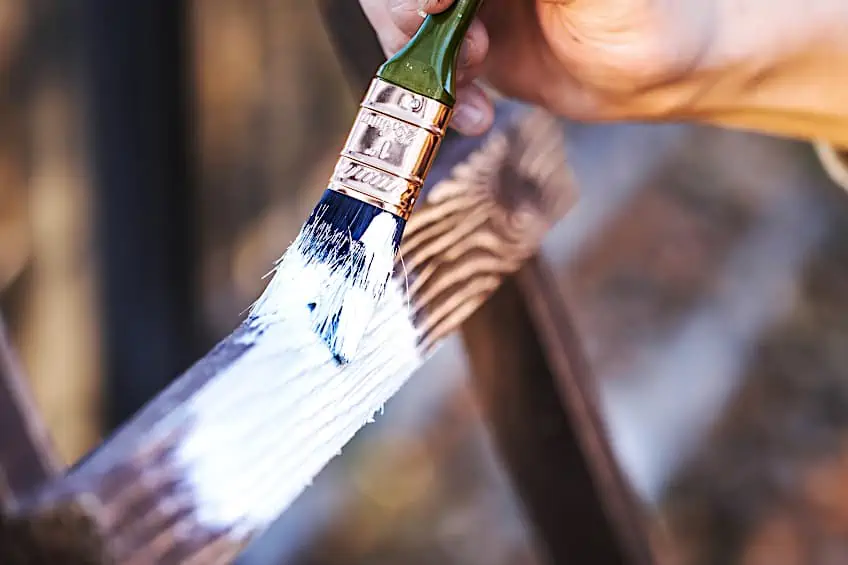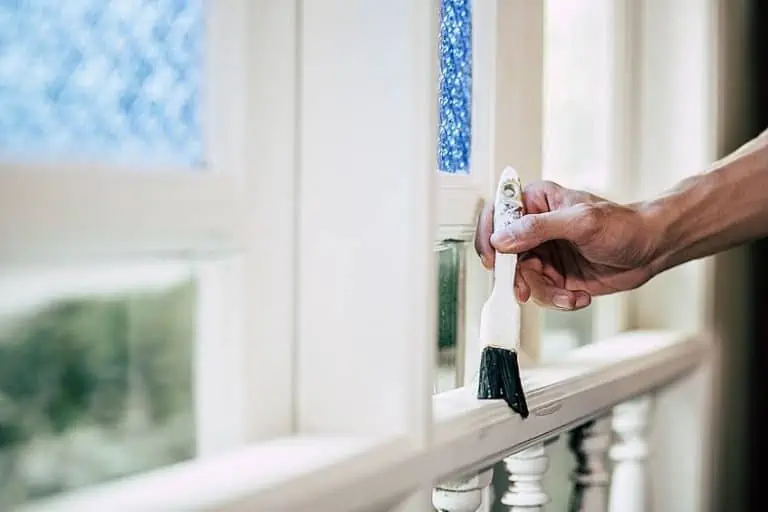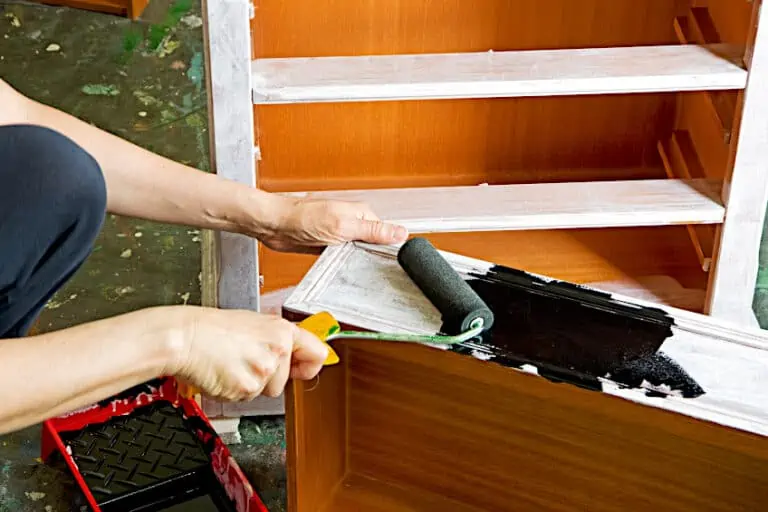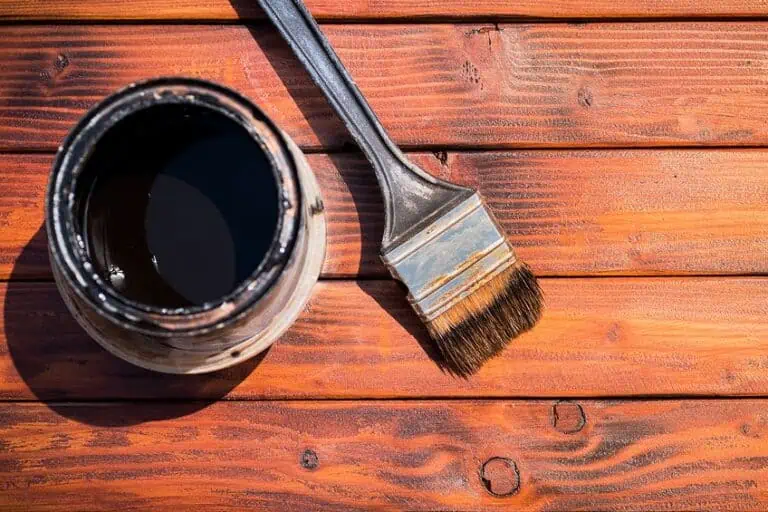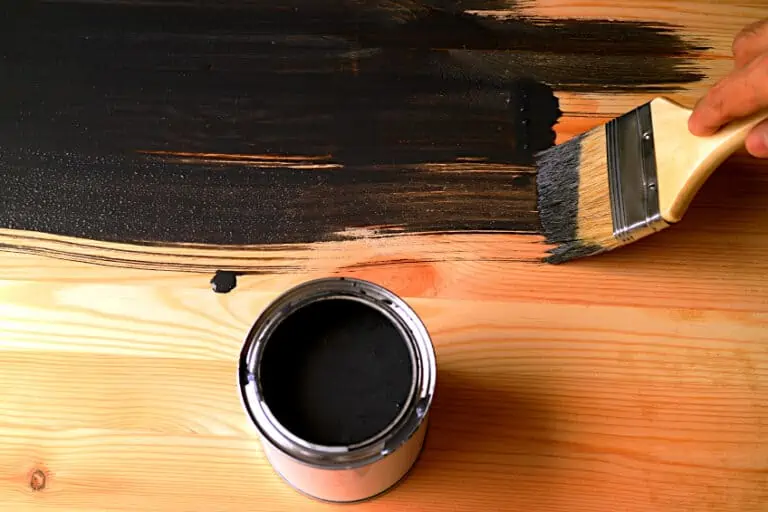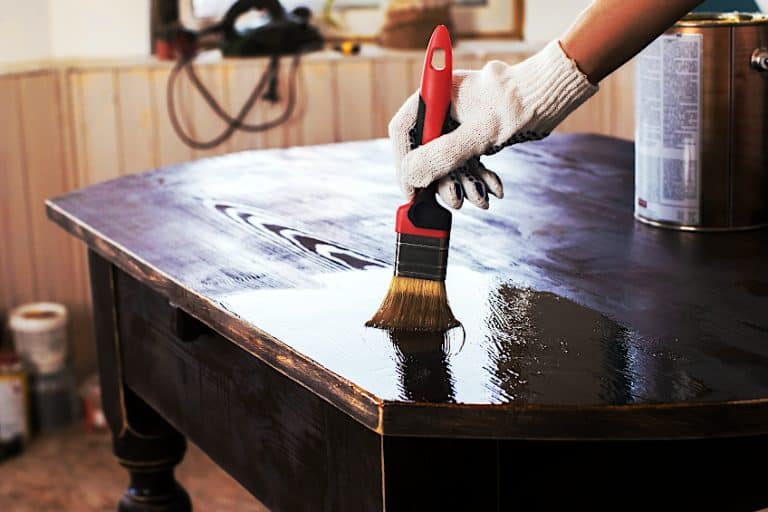How to Use Oil-Based Primers – An In-Depth Guide
Painting can be a monumental task, whether you are faced with painting your home or painting your latest creation, it can be stressful. Besides choosing which paint will suit the surface you’re painting, choosing the best primer for your workpiece can leave you with some choice paralysis. There are loads of primers on the market today, although oil-based, and water-based primers are the most popular across the board. Let’s have a look at each of these primers and see which ones are better suited for your next project.
What Is an Oil-Based Primer?
Primers aren’t as confusing as one might think, oil-based primer (as the name suggests) has a chemical oil base which allows it to be conducive in use with oil-based paints. Oil-based primers are sort of old hat these days though, as more paints become synthetic their popularity and usage have seen a noticeable decline, but this doesn’t mean that they have no function at all.
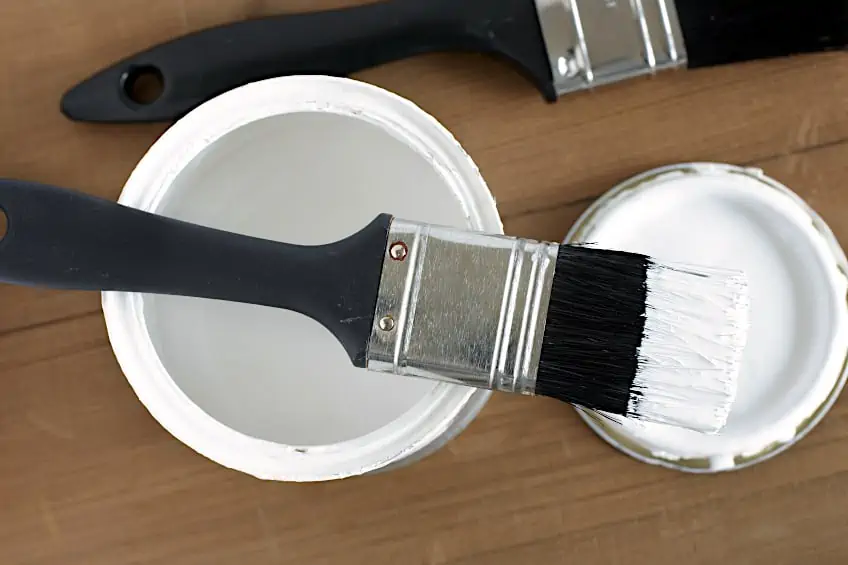
Although many professional contractors and DIY weekend warriors have opted for synthetic solutions to their painting needs, there are certain applications where water-based paints just won’t work, and it’s here where oil-based primers (and the paints that go with them) shine. Oil-based paints are some of the most popular choices when there is wood to be painted, this is because oil-based paints seep deep into the wood’s fibers protecting them from things like moisture, insects, and damage caused by excessive exposure to heat.
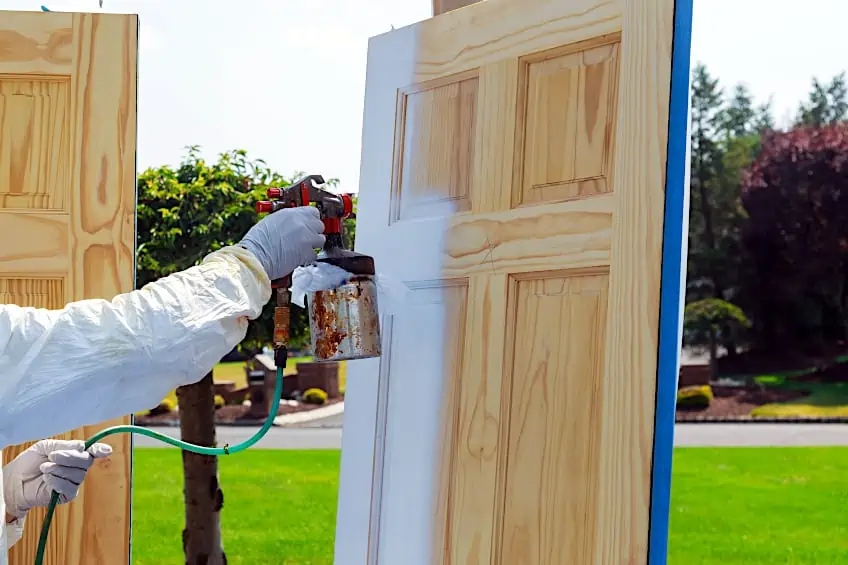
It goes without saying that if you’re planning to use an oil-based paint, an oil-based primer will ensure the best results. Why do you need a primer in the first place you ask? Well, depending on the type of paint you’re using the surface of your workpiece might need a little help getting the paint to adhere, this is why we use a primer.
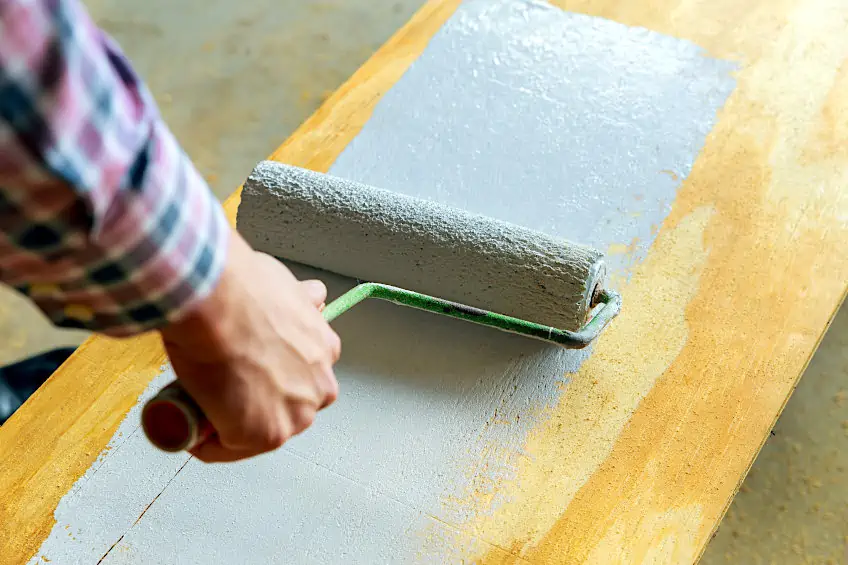
Primer “primes” the surface of the workpiece, creating a coating on the surface that accepts the paint and assists with the binding process. Oil-based primer stands out because just like oil-based paints, it protects itself and the workpiece in question from damage while it cures and sets into the surface. This dramatically reduces the probability of things like water, insects, and/or excessive heat affecting the surface before the paint can be applied.
Oil-based primer also helps cover up botches or damage to a surface before the paint has been applied, this means that the probability of the damage showing through your paint coating is reduced.
How to Use Oil-Based Primer Effectively
Now that you know what to look out for when buying your oil-based primer, you should know how best to use it before you get started. Applying primer is pretty straightforward, but as with painting anything, the key to a good finish is in the preparation first and then the application of the coating you have chosen. Here are a few easy steps you can follow to ensure that you get the most out of your oil-based primer.
Prepare Your Workpiece
Most surfaces you paint will require some sanding bar, some like glass or ceramic. Sanding allows for increased surface friction which helps your primer and paints to adhere to the surface. Sanding a surface poorly can result in poor adhesion and by extension a poor finish, so it’s best to do a good job the first time around.
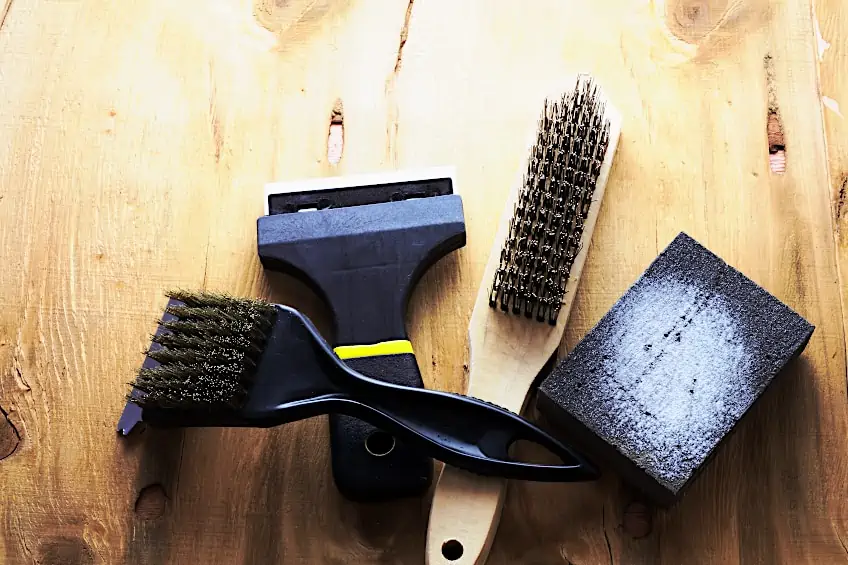
Wood is arguably the most commonly painted surface, and when sanding wood, you should ensure that you get a uniform, flush surface by the time you’re done. Most crafters prefer using a power sander these days but sanding by hand can give you a better feel for the surface of your workpiece, and it can feel quite rewarding once you’re done. Before you sand your wooden surface, you should ensure that you have some wood filler to fix up any gaps or gashes in the wood’s surface.
How you choose to sand your item is up to you, as long as your finished product is up to scratch. Once your surface has been sanded, ensure that it is clear of any wood particles before continuing to the next step in the process.
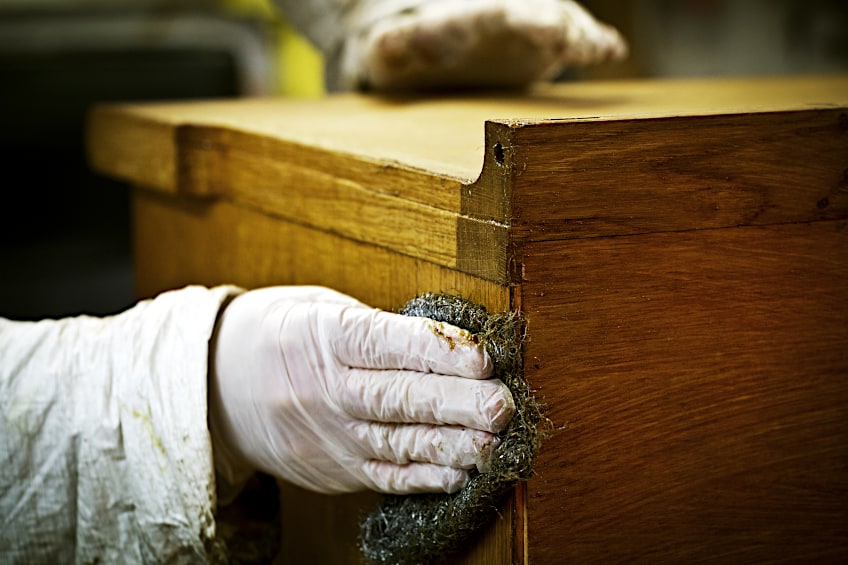
Prime Your Workpiece
Adding primer to your workpiece is a lot like painting, although you don’t have to be as careful because aesthetics is not a factor. When applying oil-based primer it’s best to start off with a conservative amount and work your way up to more as needed. Add a moderate amount to your brush and paint and apply it to the surface of your workpiece. If you are working with a smaller workpiece simply apply the primer by starting at one point and working your way to the other, however, if your workpiece is larger and/or unconventionally shaped, try starting out from the center and working your way outward to the edges.
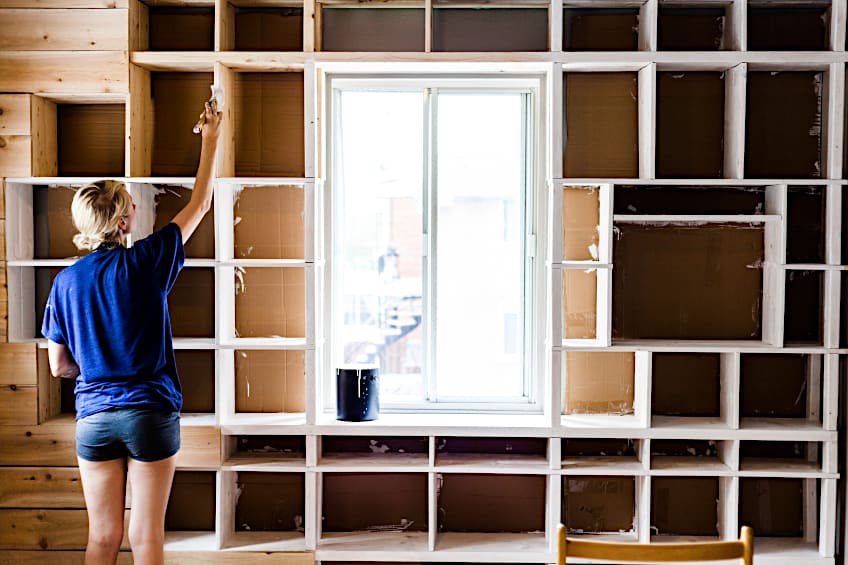
You’ll be able to tell by the rate of absorption and the texture of the primer if more or less is needed as you go along. Once you are satisfied with how your primer has been applied, allow it to set for the manufacturer’s recommended time period before applying your first coat of paint.
Remember that if you apply your paint before the primer has had the chance to set completely, you run the risk of your paint becoming contaminated which will ultimately ruin your finish, in which case you will need to remove both coatings from your workpiece and start again (and nobody wants that).
What Is the Difference from an Oil to Water-Based Primer?
Unlike most coatings, primers, and paints like to wear their hearts on the sleeves as far as the gap between their names and what they do is concerned. Like oil based-primers, water-based primers are just that, a primer with a water base in the place of a traditional oil base.
Water-based primers can be used for both oil-based paints and water-based paints, but oil-based primers are typically useful when you’re working with oil-based paints. This being said, water-based primers are also far easier to work with compared to oil-based primers, not only because they have a thinner viscosity but because they are easier to clean up. Water-based primers can be cleaned up or removed from a workpiece with nothing more than some water and a wet cloth, which means that if you spill some on something other than your workpiece it’s a lot easier to clean up.
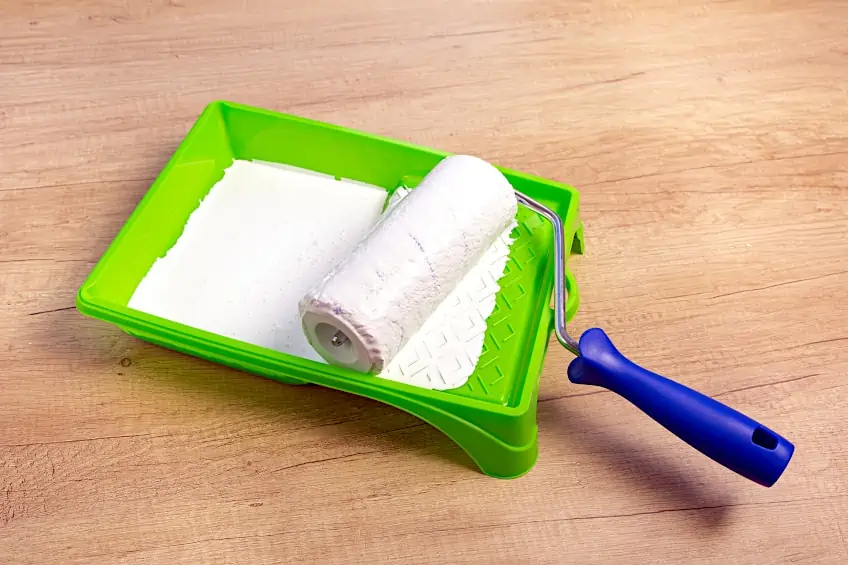
If you’re looking for water-based primer online and can’t seem to find any, you’re not losing your mind. Water-based primers are typically named latex primers because they work best with latex paints, but they usually have little to no latex in their composition, which is great for all you DIY enthusiasts with any latex allergies.
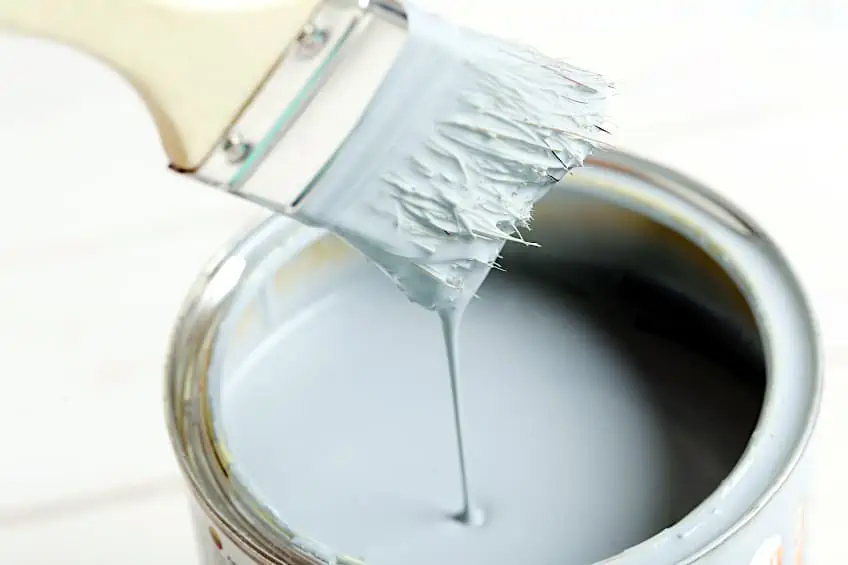
Water-based primers seem to have had a rise in popularity recently due to them being a lot better for the environment compared to oil-based primers, this is due to them containing no VOCs (volatile organic compounds).
This being said, they aren’t always the best choice for certain applications, this is why they haven’t totally replaced oil-based primers as the crafter’s weapon of choice. Another contributing factor to the reason these primers aren’t always the tool for the job is that they don’t have the same resistance to exterior forces (heat, moisture, and infestation) as oil-based primers. This means that water-based primers and the paints they are intended to be used for aren’t ideal for outdoor use, although if you live in a region with ideal weather conditions, you should be able to get by with water-based primers and paints for your outdoor furnishings/workpieces.
What Are the Pros and Cons of Oil-Based Primers?
Sometimes oil-based primers are the best choice for the job, other times they can leave a bit to be desired. Like most things in life, it all depends on the context it’s being used in, and by context we mean application. Let’s have a look at some of the advantages and disadvantages attached to using oil-based primers.
- Protects against moisture
- Protects against insects
- Protects against excessive heat exposure
- Helps oil-based paints adhere to surfaces
- Can be used on various surfaces
- Seeps deep into wood surfaces
- Can be used as a protective layer without the application of paint
- Contains volatile organic chemicals
- Is not food safe
- Needs to be applied in a well-ventilated environment
- Does not work with all paint types
- Hard to remove once applied
- Not environmentally friendly
Which Oil-based Primers are recommended?
Choosing the best oil-based primer for your workpiece can be a challenge. There are hundreds of brands on the market that claim to be the best, but not all primers are created equal, that’s why we’ve selected some of the best oil-based primers on the market to cut your shopping time in half. Let’s have a look at some of them.
Best Overall for Outdoor Use: ZINSSER Interior/Exterior Oil Primer Sealer
You might have heard or seen the Zinsser line of products in your local hardware store, or maybe you scrolled by it while you were browsing through Amazon, and if you haven’t paid any attention to it before now, you’re forgiven.
Zinsser is a really high-quality brand that offers premium quality products that might have you questioning if they were made especially for you. How do they manage to make such high-quality products at such an affordable price you might ask?
Well, Zinsser is actually a subsidiary brand of the Rust-Oleum brand, and if you’ve ever used paint or primer that stood out to you, there’s a good chance that the Rust-Oleum team were responsible. Heritage is all well and good, but how does the Zinsser oil-based primer hold up on its own? The answer is extraordinarily well.
As an oil-based primer, one key attribute is the ability to hide things like water stains and other blemishes that would otherwise affect the finish of your paint. Zinsser oil-based primer manages to do a fantastic job at this while furnishing your wooden workpieces with a sheen layer that might even have you thinking twice about painting over it.
Zinsser is also one of the best oil-based primers for hardwoods, in fact when working with woods that tend to bleed when being prepared, Zinsser’s formula penetrates so deep that it is capable of plugging the wood’s pores and preventing any leakage.
If you still aren’t sold on this brand, consider the fact that it only takes around an hour to dry once applied which makes it perfect for those time-sensitive projects, not to mention the fact that (if you’re really in a pinch) you can use apply this primer without any sanding needed! If you’re looking for an oil-based primer for wood, you could do a lot worse.
- Reasonably priced
- Easy to use
- Can be applied with little to no sanding
- Fast drying time
- Versatile
- Readily available
- Reputable brand
- Blocks stains
- Provides sheen finish
- Contains VOCs
- Needs to be applied in a well-ventilated area
- Only available in two colors
Best Versatility: KILZ Original Multi-Surface Stain Blocking Interior Oil-Based Primer/Sealer
When you’re dealing with primer you want to be sure that the brand you have chosen will be able to get the job done, and there are few brands on the market that give professional crafters and DIY enthusiasts alike the peace of mind they need to apply their first coat of paint quite like the Kilz team does.
Kilz has been around for nearly 50 years and has taken that time to perfect their paint and wood treatment formulas to what could arguably be described as perfection. Not only are all of their products easy to work with and readily available, but they’re versatile too.
The Kilz range of products spans from spray-on primers, self-priming paints, protective wax coatings, mold and mildew removal, and paints for all surfaces. What makes the Kilz multi-surface primer stand out though? Well, as the name suggests, it’s a multi-surface primer which means it can be used on virtually any surface you’ll come across, whether you’ve got various surfaces to paint on an installation art piece, or your clients have some odd surface choices on your next job this primer has you covered. Which surfaces does it work on?
Kilz multi-surface primer works on everything from masonry, wood, plaster, metal, wood, and even drywall! You aren’t limited to using this primer on virgin surfaces either, Kilz does an awesome job of covering up all sorts of stains on damaged surfaces whether it be water marks, stains from coffee cups, yellowing from cigarette smoke.
This saves you a ton of time in preparation, and if you’ve ever worked with time-sensitive projects you know that preparation can be maddening especially when the stains, you’re trying to remove are particularly stubborn.
Kilz oil-based primer for wood does seem to be designed for efficiency, considering the fact that it only takes roughly 30 minutes to dry you know that you’ll be able to apply your first coat of paint in no time at all!
Kilz seems to have thought ahead and kept their customer in mind by offering both a quarter gallon and full gallon at the point of sale, this way you won’t be stuck with a bunch of primer you’ll never use, although, considering that it works on virtually anything, you’d be doing yourself a disservice if you didn’t stock up on the stuff.
- Extremely versatile
- Easy to use
- Conceals stains
- Penetrates woods surface
- Available in large and small quantities
- Fast drying time
- Reputable brand name
- Contains volatile organic chemicals
- Must be applied in well-ventilated areas
- Only available in one color
- Only provides matte finish
- Does not amply paint color
- Not suitable for outdoor usage
Best Value for Outdoor and Indoor Use: RUST-OLEUM Corporation Oil-Base Spray Primer
This one might be a bit confusing considering it says Kilz on the bottle, but as we mentioned previously Kilz is a subsidiary of the rust-Oleum brand of products. Why does this matter? It really doesn’t, you can rest assured that you are getting a high-quality reliable primer that gets the job done whenever, wherever you need it.
This one is a bit different though, the Rust-Oleum oil-based primer spray sets itself apart from the other products we’ve looked at so far in its ease of application and its versatility. If you think that the Kilz multi-surface primer is versatile, imagine you had the ability to carry it around in your backpack with absolutely no compromise to the quality or versatility of the product.
This is exactly the niche that the Rust-Oleum product has filled, offering you all the benefits of a conventionally packaged primer without having to get out your paintbrush and painstakingly apply it to your workpiece. If you’re an artist and have a mixed media workpiece in the pipeline, we recommend using this primer.
Why? Rust-Oleum’s oil-based primer spray is graded for use on everything from wood to masonry, to metal, and even drywall if the mood takes you. This means that you won’t have to buy several different primers which can put a substantially big hole in your pocket.
One drawback worth mentioning is that the base color of this primer is white, which might be a bit counterproductive in some applications, but since the Rust-Oleum brand offers paints that are conducive to their primers (in a wide range of colors and paint types) this isn’t really something you should worry about too much.
The dry time of this primer is pretty good too. In moderate ambient temperatures the spray-on formula dries in just over an hour which means you can continue to chip away at your workpiece or grab some coffee before you start applying your first coat of paint. The part piece of this spray-on primer seems to be that it is graded for both interior and exterior use, making it one of the most affordable and versatile primers we’ve come across so far!
- Easy to use
- Versatile
- Graded for interior and exterior use
- Relatively fast drying time
- Reasonably priced
- Easy to store/carry
- Only available in a white undertone
- Not conducive for use with all paints
- Contains volatile organic chemicals
- Must be applied in well-ventilated area
- Only available in this quantity
What to Look Out for When Buying Oil Based Primers
Primers are typically paint-specific; this is besides those that are self-priming or don’t require a primer at all. Unfortunately, all primers are not created equal, so you should ensure that you choose one that not only suits your given application but one that provides good quality at a reasonable price. This being said, let’s have a look at some factors you should consider when buying a primer for your next project.
Versatility
Is there anything worse than buying a lot of something you’ll only be able to use once? Or something that you can only use on a specific surface? We don’t think so, this is why you should ensure that the primer you choose has the versatility you need.

There is a multitude of multi-surface or universal primers on the market today, but not all of them really live up to their promise. When choosing a multi-surface primer ensure that it works on any surface (or any potential surface) you’ll be painting.
Not only that but check out some product reviews online to get a good feel for how the product works on all the surfaces it claims to be graded for. This is an easy way to ensure that you aren’t stuck scrubbing primer off your workpiece due to empty promises set out by the manufacturer.
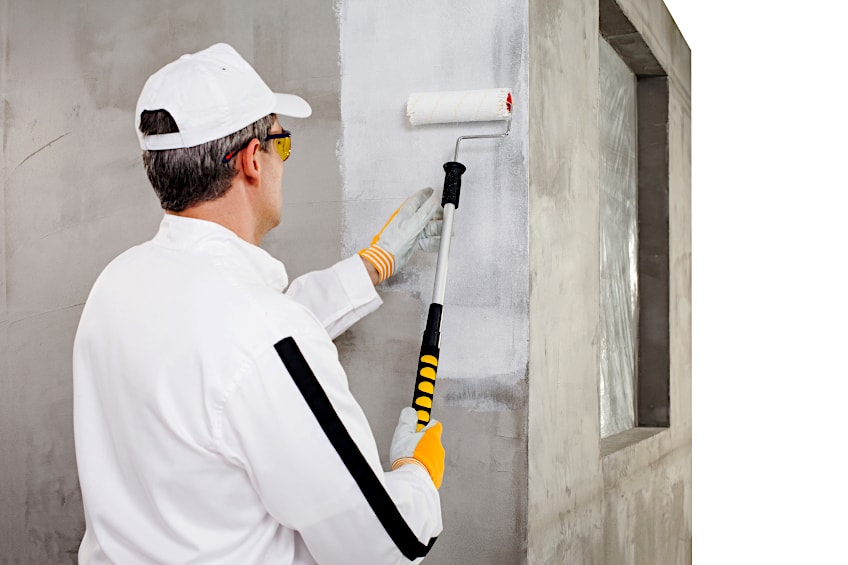
Quality
The quality of the primer you choose to use can have a huge impact not only on the adhesion of your paint but on the final aesthetic of your workpiece. Why you might ask? A primer that adheres poorly could potentially ruin the surface you are trying the pain, particularly if you are working with a wooden surface. This problem can be exacerbated if you are using an oil-based primer like the ones we have covered so far, oil-based primers are designed to penetrate deep into the wood and bond with its fibers.
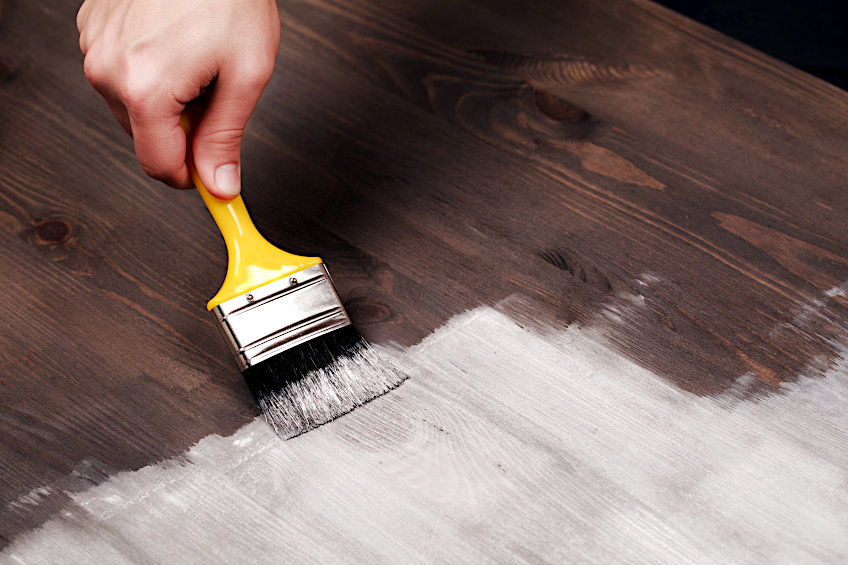
Now that you know how oil-based and water-based paints differ, what the pros and cons of oil-based paints are, and what some of the best oil-based paints on the market are, it’s time for you to get out there and put your newfound knowledge to the test. Remember to always work in a well-ventilated area when working with oil-based paints, and to always wear the appropriate personal protective gear.
Frequently Asked Questions
How Do You Know When to Use Oil-Based Primer?
Oil-based primers are special because of their ability to be absorbed into the wood’s fibers. Why is this important? Because oil-based primer penetrates into the wood’s surface it makes it ideal for outdoor use. Outdoor furnishings are subject to forces like water, insects, heat, and splitting, all of which oil-based primers are capable of protecting your wood against.
Is Oil-Based Exterior Primer Food Safe?
These primers are oil-based and are therefore not food safe whether they are used on exterior or interior surfaces. Oil-based primers contain VOCs which are not only a hazard for the environment but can cause serious discomfort if inadvertently ingested.
Is Oil-Based Primer Better?
Oil-based primer can be better for your workpiece, but it does depend on the application. If your workpiece will spend most of its time outdoors or has a high probability of being damaged, then an oil-based primer is the primer for you. This being said, water-based primers are a lot better for the environment and typically cost less than oil-based primers.

I have been into woodworking since 2005 and woodturning since 2011. Because of my love for wood and woodworking, I started woodhappen.com to teach other enthusiasts about how to finish and seal wood, the best woodworking tools, the different types of wood, and everything else related to woodworking! Read more about me here.

